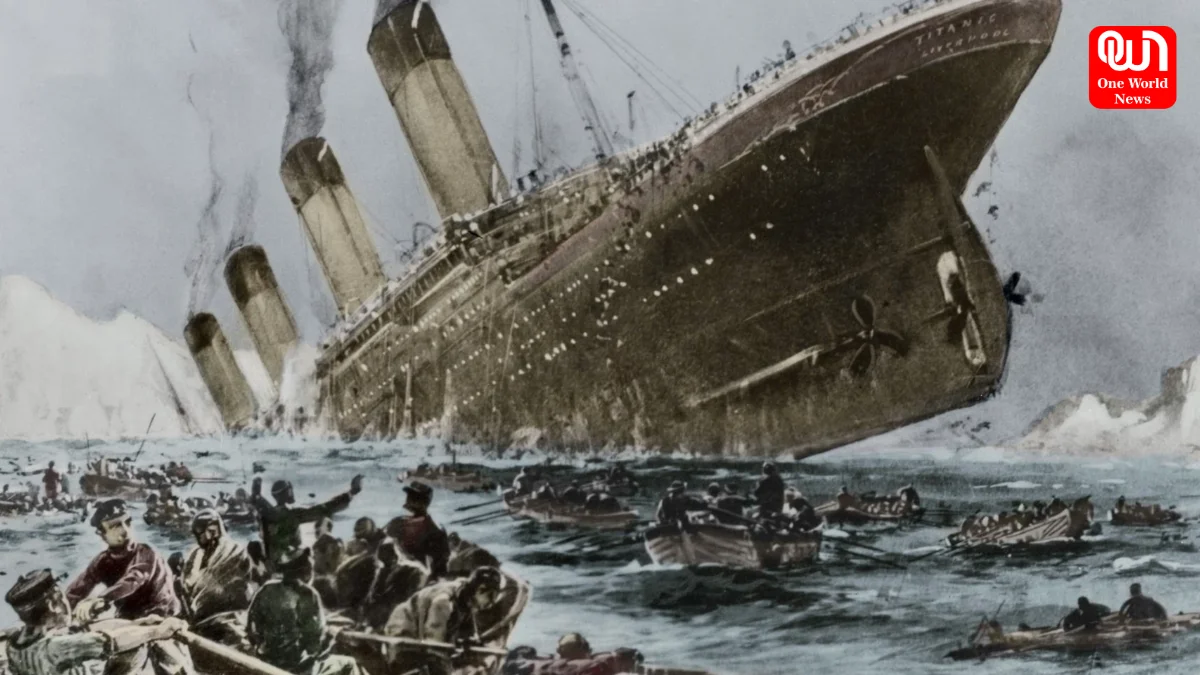April 15, 1912: Titanic’s Tragic End – The Unsinkable Ship That Never Reached Its Destination
On April 15, 1912, the RMS Titanic sank in the Atlantic Ocean after hitting an iceberg, claiming over 1,500 lives in a shocking maritime disaster.
On This Day in 1912: How the Unsinkable Titanic Met a Tragic Fate and Became the Deadliest Maritime Disaster in History
April 15, 1912, perhaps the most painful in maritime history-the day when, going by popular definition, the “unsinkable” RMS Titanic sank in the devastating icy waters of the North Atlantic. It was built on advanced technology lavished with opulence and met its fate on the very first journey from Southampton to New York City. The unfortunate fate of the Titanic seems echoing in history, a sobering reminder of human ambition and the steel-clad, unrelenting power of nature.
RMS Titanic was to be more than a floating palace. It was converted into a ship and launched by the White Star Line under the supervision of J. Bruce Ismay. It seems to be largest and most advanced vessel built in modern times, created to dominate the route across the Atlantic for passengers with only first-class amenities like a swimming pool, a gymnasium, Turkish baths, and a fancy restaurant for no other passengers.
While it had the splendors of a giant engineering wonder, the Titanic was not best prepared to face the iceberg ahead. 16 watertight compartments were supposed to keep it afloat even in the event of damage, but a fatal design flaw meant water could flow over from one compartment to the next through the open partition walls. That same night, April 14, 1912, six iceberg warnings were sent via wireless telegraph. Unfortunately, they were not taken very seriously.
Read more: Ambedkar Jayanti: How Babasaheb described an excellent society in ‘Annihilation of Caste’
Around 11:40 PM, icebergs were found about 740 kilometers south of Newfoundland from Canada. First Officer William Murdoch ordered the ship to turn at the final moment only for it to graze along the starboard side, inflicting damage in several compartments. During the course of hours following the initial collision, the ship started slowly but surely sinking.
To defer the inevitable, water gushed through the ship. Eventually, the stern began to rise out of the water before the massive vessel finally split into two and sank beneath the waves. Captain Edward Smith merged his fate with the ship – along with more than 1,500 souls who died, many from hypothermia in the freezing waters.
Rescue attempts were so heartbreaking. The RMS Carpathia found its way in after the damage had been done. It carried with it the fate of only 705 survivors of the sinking. Lifeboats, which could have carred more, got launched half-filled, abiding by the “women and children first” formula. Third-class passengers bore the brunt of this tragedy: many were trapped below decks or totally unaware of what was happening until it was too late.
Read more: Dating a Muslim Boyfriend? Here Are 8 Relatable Things You’ll Totally Get!
Losing a ship was not very beautiful; rather it was losing dreams, lives, and the illusion of invincibility. More than a century later, the story still echoes through the hearts of many, reminding them of the price of historical advances. Today we remember not just a ship, but the lives it carried and the tragedy that changed the way we view safety at sea forever.
We’re now on WhatsApp. Click to join.
Like this post?
Register at One World News to never miss out on videos, celeb interviews, and best reads.








